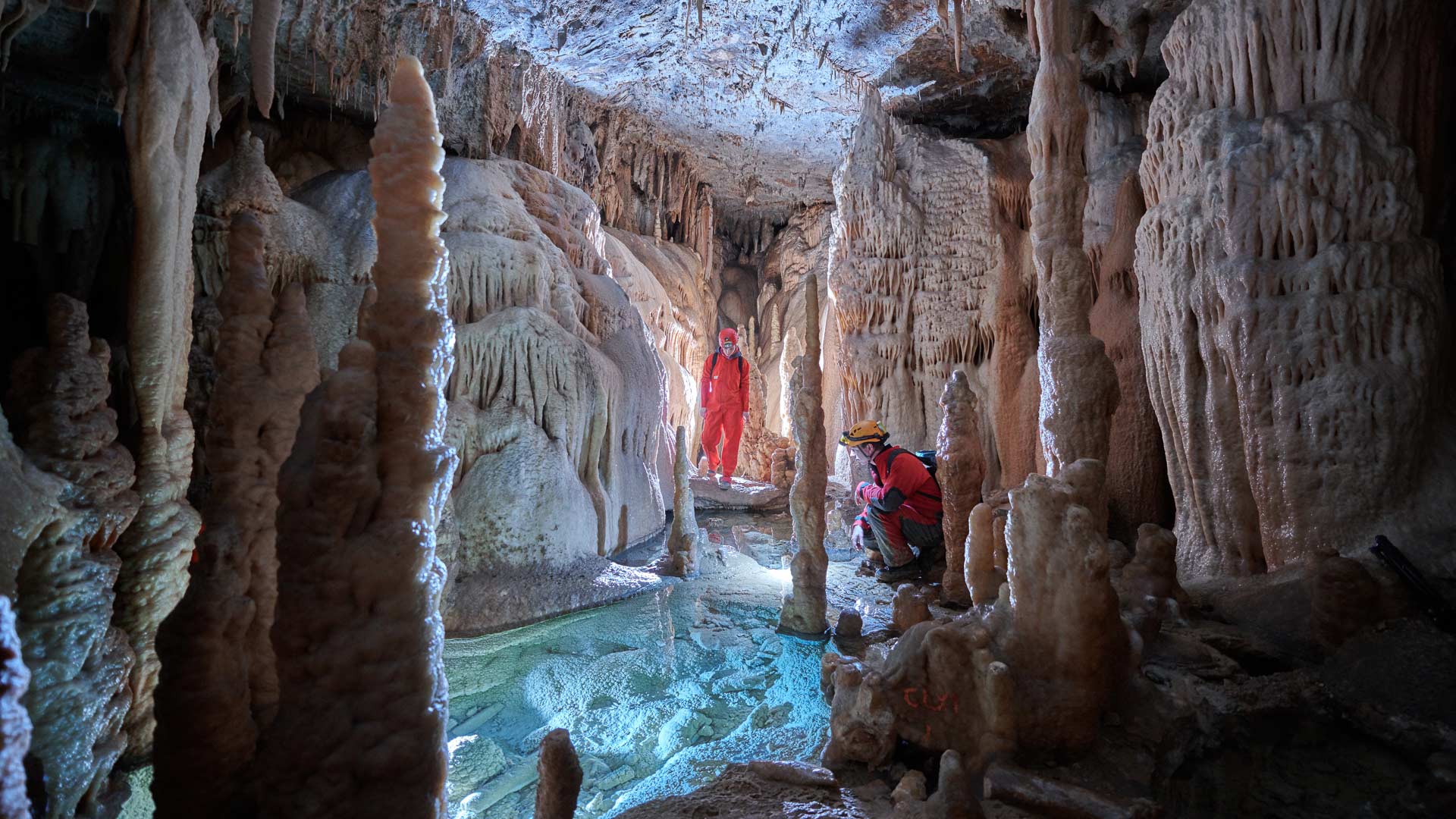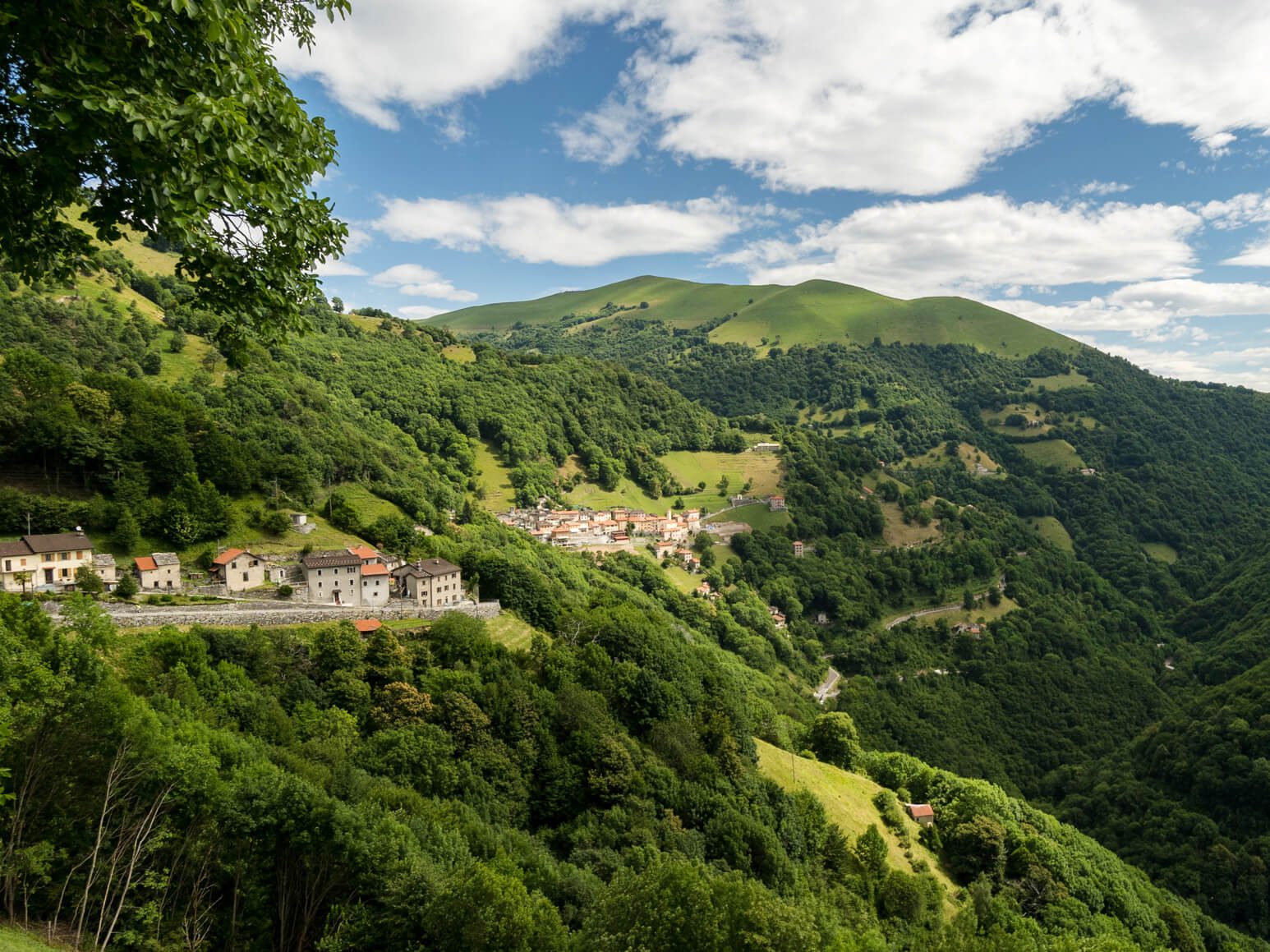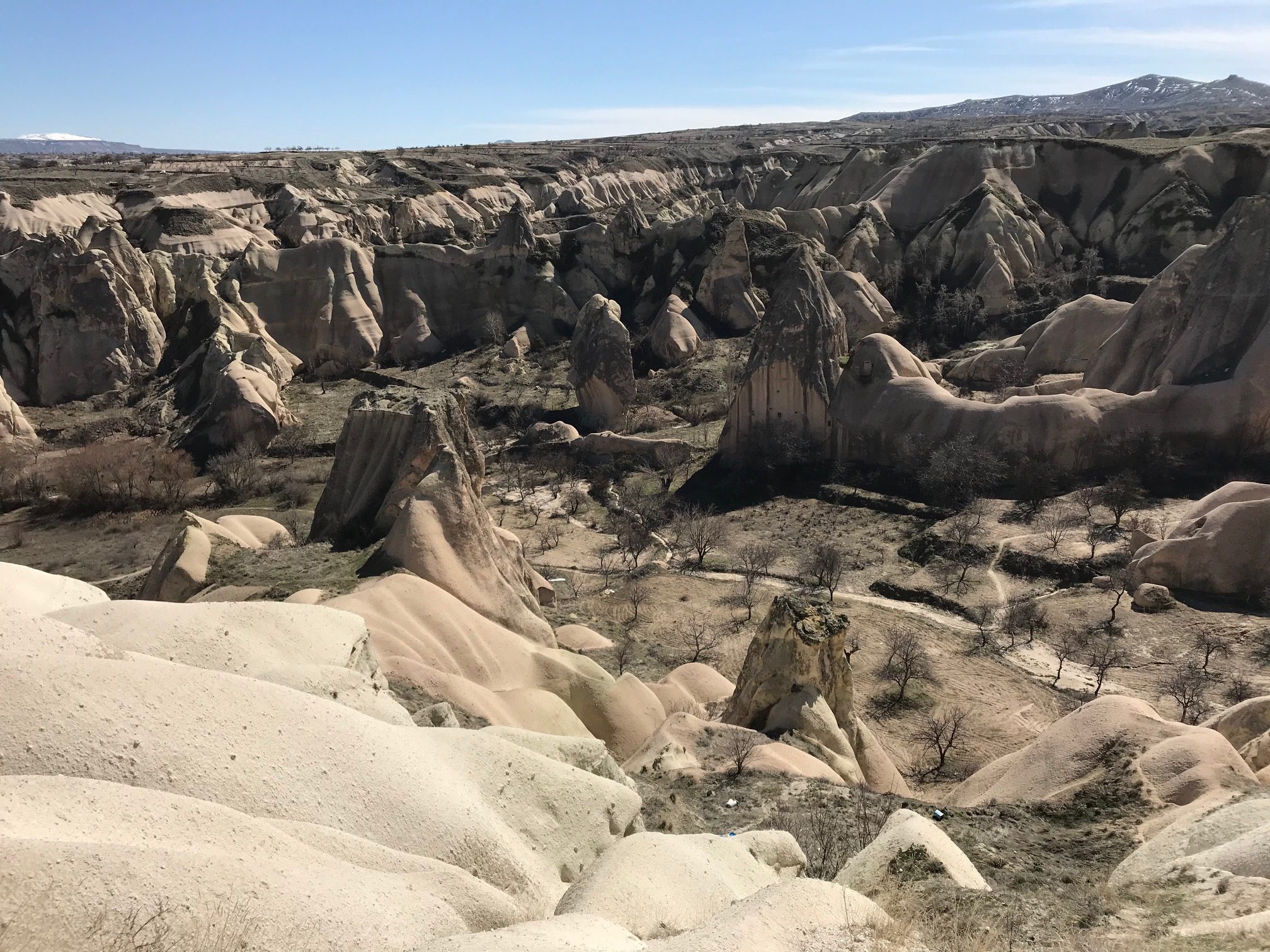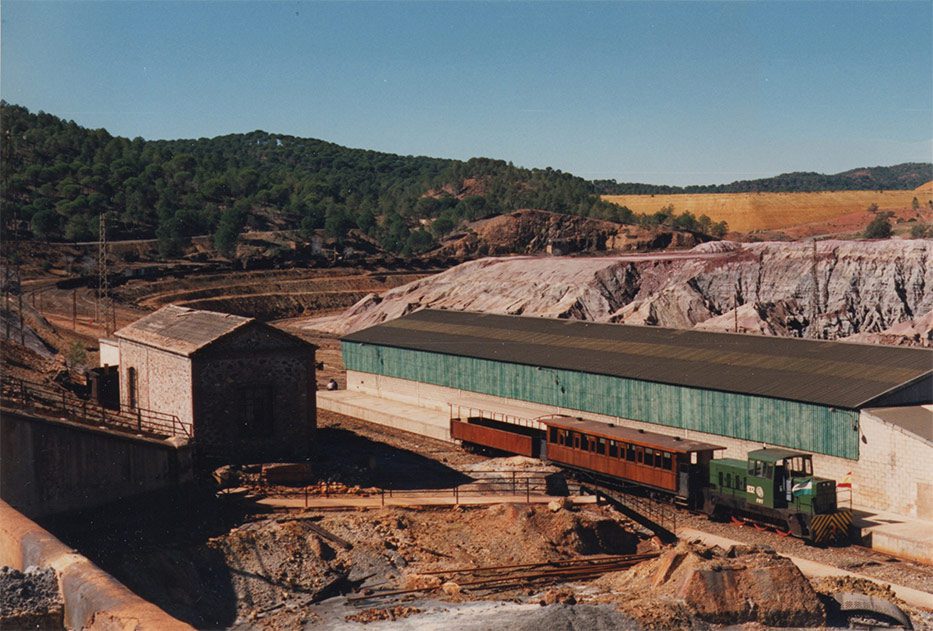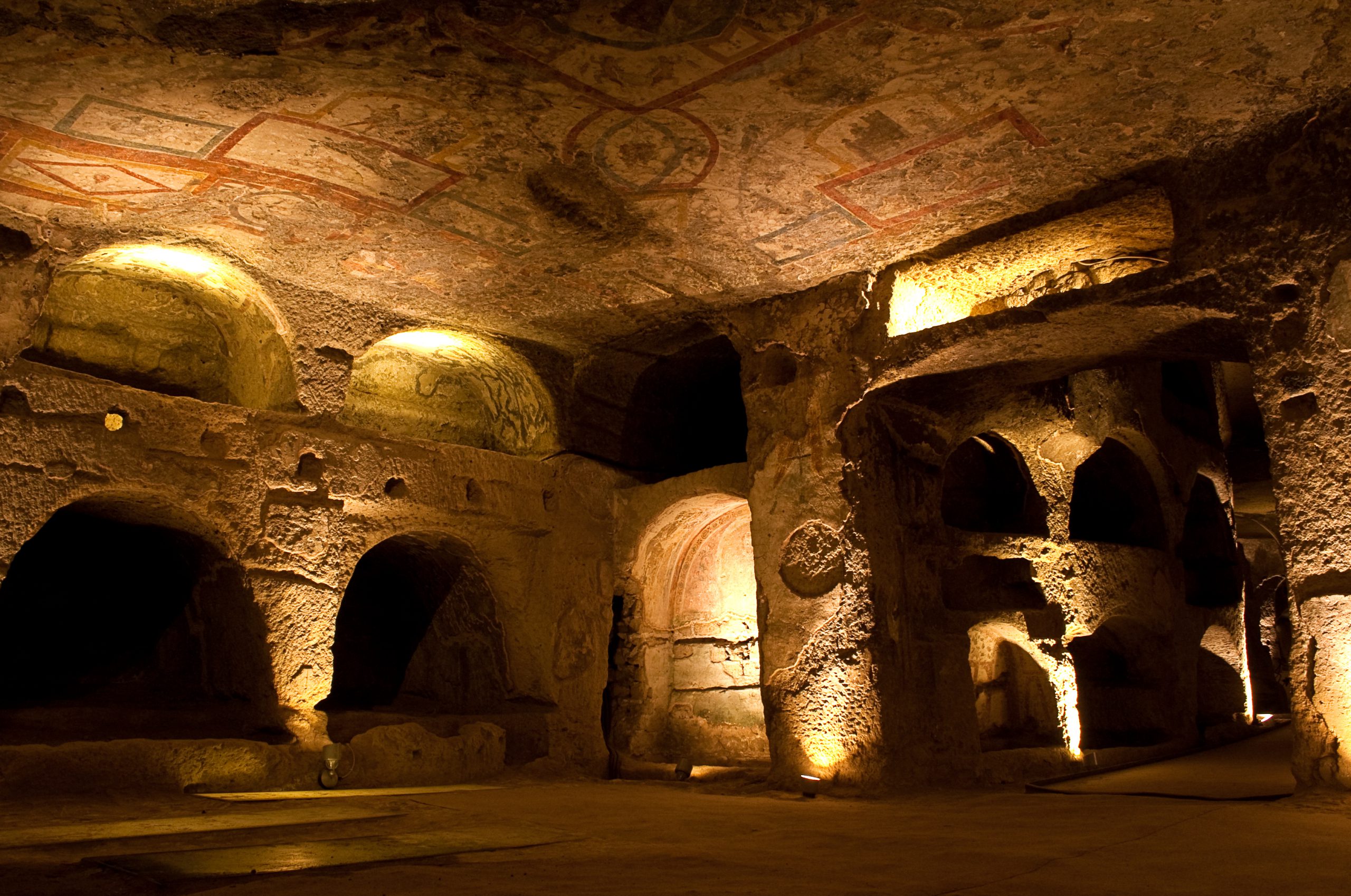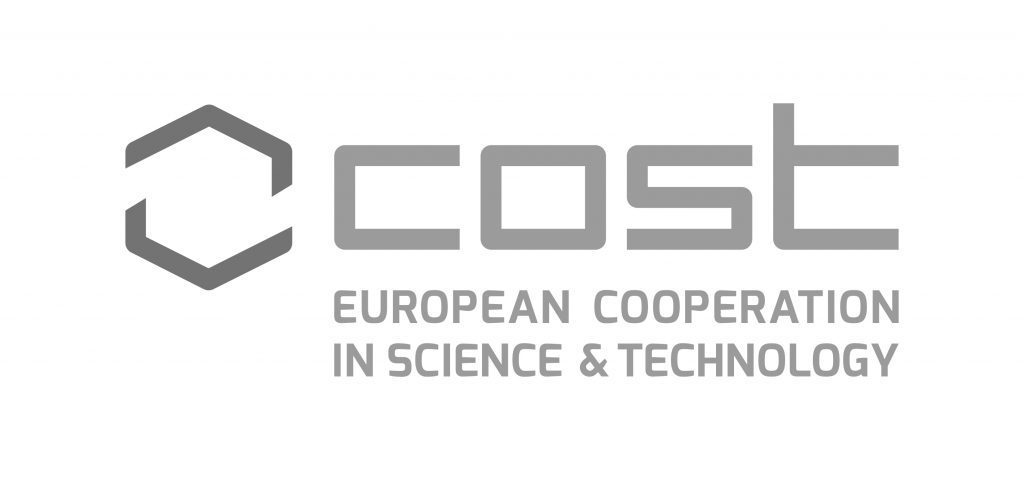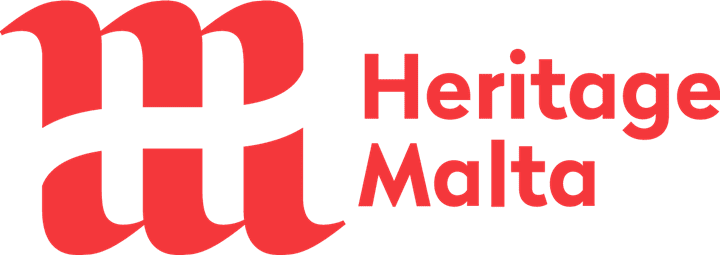Host institution: University of Tirana
Contact person: Klodiana Gorica, Ermelinda Kordha
The proposed case study is related to one of the nonformal symbolics of Dictatorship period in the Communist Albania, the bunkers, especially dedicated to one of the most famous in Albania because of the transformation in the last decade, The BUNKART 1.
Related to Geographic elements the bunkers are spread all over Albania, independently from the environment. The BUNKART is constructed for protecting the leadership of the time from a “possible” Nuclear Attack, so it is situated underneath Tirana, the Capital of Albania. The bunkers in general are structures of concrete situated in different planned positions according to their aim. The bunkers were of three construction types: mountain sites, buildings and pits. The BUNKART1 is the former anti-nuclear bunker of the Ministry of Internal Affairs. It is the “pit” type and was created by a directorate of the Ministry of Construction that dealt with the construction of secret bunkers, that opened a large pit near the building of the Ministry of Internal Affairs: after the implementation of the internal spaces, the upper structure was topped with a thick layer of reinforced concrete that reaches a thickness of 240 cm (thickness can be seen along the exit stairs).
The history begins when, convinced that everyone from neighbouring Yugoslavia to Greece, Nato and the Soviet Union wanted to invade the country, Enver Hoxha who ruled as a dictator, embarked on a bunker-building programme of titanic proportions. The tunnel of the Ministry of Internal Affairs was built between 1981 and 1986 and it can be considered as one of the latest “great works” carried out by the communist regime within the project of bunkerization which started in the early 70s and led to the building of 175.000 bunkers of various sizes across the country. The “BUNK’ART” project started in November 2014, with the opening to the public of BUNK’ART 1, the museum video exhibition set up inside the atomic bunker, dedicated to the history of the Albanian communist army and the daily life of Albanians during the years of the regime.
There has not been an interest to research related to geological surveys, or archeological studies, since this UBH is related to the actual period that most of humanity is leaving. Historical and social studies in relation to bunkers in Albania are rare, but existent from young and more experienced foreign researchers in forms of identifying relations with society aspects, intangible heritage, community psychological aspects related to communism.
Currently, there is a five-story bunker of spidery hallways and over 100 rooms, once intended to protect Hoxha and his cabinet from possible nuclear attack, now a mixed-use art and culture center, aiming to preserve and remember the dark years of dictatorship. Known as Bunk’Art, 24 rooms of the sprawling shelter have been converted into a history museum and contemporary art gallery.
There are not accurate available data on the total number of the bunkers built throughout Albania, but there are specific data when speaking about BUNKART 1, related to the area, the number of rooms, and the space for the museum.
All of the bunkers are technically property of the Managing authority, Albanian Ministry of Defence, and all businesspeople who want to use them for any other purpose, must apply for ownership, but in the freewheeling 1990s, monitoring bunker use—or enforcing laws against their destruction—was not a top government priority. Even though there are not existing plans, many people have had ideas on how to reinvent value for this UBH.
Actually, there is no status related to UNESCO WHS in relation to the whole category of this kind of UBH, as bunkers, and also to the specific BUNKART 1 museum. There is a protection status in the Albanian Law related to Museums as part of the heritage assets of the Ministry of Culture in collaboration with the Ministry of Defence, which originally has all the rights to the property.
Description of the local community
The local host for this UBH is twofold. On one hand, there is the Minsitry of Defense, which is the owner of this kind of properties and/or constructions. On the other hand, related to BUNKART 1, there is Municipality of Tirana, which is the institution that regulates and plans the territory inside the Municipality. Municipalities in general are responsible according to Albanian laws, for the legal permits for different public non-governmental/ community and/or business activities.
In relation to public bodies, the Museum of BUNKART 1 is the result of the combined efforts of the Albanian government, especially part of Ministry of Culture and Ministry of Défense, which in collaboration with each- other made possible the appropriate use of the property and a non-profit art organization called Qendra Ura or “Centre Bridge.”.
The main private stakeholders are the operators of the tourism industry, which are suggesting BUNKART 1 as one of the most important attractions to be visited in Tirana for all the tourists that are interested in Historical aspects and especially related to World War I. Tour-operators and Agencies that offer cultural packages are putting BUNKART 1 in their product proposals. Other private stakeholders may be r
There are a variety of organizations interested to BUNKART 1 project, from other cultural operators in the country, other museums, artists and school of arts, Research and Education institutions in the field of Art, History and tourism. Undergraduate Schools are also interested especially in the kind of museums that are evoking the past of the dictatorship, since the youth cannot understand without seeing any proof and facts. Third sector and local citizens association are those interested more in the big picture. Schools, associations related to Tourism, arts and architecture associations may be interested for the outputs of the conference. Community management is done by municipalities, NGOs, schools and no specific organization deals with community management for BUNKART 1 case. There are not any past experiences in participatory activities.
Describe how can local host and Underground4value benefit from implementing the case-study
The bunker un-addressed Topic related to UBH is in fact not only an under evaluated field for dedicated studying and research, but also relatively un-addressed as UBH, because of its extension only in some isolated countries. The World War II remembrance is often related to Fascism and Nazism and their impact in Europe and in the whole world, but only in Western Balkans there is an effort to remember and revitalize monuments from WWII
Albania, in the 90s had a lot of socio-economic problems, did not dedicate any manpower and budget to remove them en masse. Moreover, the remembrance of the dictatorship is the main local and national identity that the bunkers in general communicate.
David Galliard, a Dutch photographer says that the way that the Albanian people deal with the bunkers says a lot about the country. The way that they are ignored, or used for another purpose, or destroyed. Is a metaphor to not only tell a story about the bunkers, but about the country itself.
While especially BUNKART 1 became the symbol of how a cold and dolorous past can become a way to visualize this kind of heritage (tangible and intangible) for younger generations. It shows not only the used means during socialism, but especially how the life and the habits of citizens were during the dictatorship.
Related to Socio-economic value added, Albanians have turned these silent reminders of the country’s communist past to a variety of uses. First, in the 80s and 90s children were playing in the bunkers. After the fall of the dictatorship a variety of uses of the bunkers were identified. Some were breaking up the bunkers to use the metal and concrete in modern construction projects. In rural areas, they have been turned into animal shelters or are used for feed storage. Others, brightly painted, have become parts of inner-city playgrounds, in some cases, been turned into pizzerias, espresso bars and makeshift bars, though many have also been removed – often using retired tanks as towing vehicles – to make way for new developments. But they are already attracting foreigners, both tourists and artists, compelled to capture them for posterity.
BUNKART 1 was an un-completed bunker and it was never actually put into service, completely unknown the public, the only way in and out from inside the secretive ministry. In order to open it up, in 2014 entrance and exit tunnels were built, which add to an anticipatory eerie quality when visiting.
But once inside there is a world of bright and evocative contemporary art, right alongside the stark fallout rooms and photographic displays. In addition to providing space for visual artists, the old bunker theater is used for frequent concerts, lectures, and other events. On the other hand, the use for Tourism purposes is certainly a value-added of the product,.
- Cultural change
Many albanians that have studied aborad have returned with different ideas to contribute also related to their mixed feelings about Hoxha’s enduring legacy. Other experts have contributed in a cultural change happening accross generations, to learn how not only to hate the evil, but especially to contribute to the change. They think if the past could be changed, of course they would have done it. But, since the story is what it is and the bunkers were payed with so much sacrifice for their construction, the best way to
punish who forced people to pay and work for making them, is to recycle them into things that satirise the original project: keep the enemy away. Let’s try to attract the ‘enemy’ into them. It’s a tragicomic approach but they believe it’s healthy. From the original barrier that they should have eventually been, they can become shelters for the ‘enemy’ to come, have fun, explore and learn from them. Learn from this huge mistake and try not to let it happen again in the future.
U4V objectives and scopes can be:
- Dissemination of not only tangible UBH values of such a hated past, but especially un-tangible assets that come together with the objects, related to what was the philosophy and the behaviour of people in the past related to such action that dedicated a completely un-effective budget in times where people were starving.
- Study of stakeholders interested especially relation of stakeholders between art and history
- Study of opportunities for cultural and heritage tourism flows in relation to Dark tourism and Tourism related to Communist heritage sites.
The BUNKART 1 is in fact a perfect illustration of new practices of interaction between heritage community and local communities. There has been great interaction among actors such as government, media, artists and NGOs, to bring a totally new practice in Albania, that will take advantage of a problematic situation, turning it into an opportunity for the community. The tourism business community even international, and the community of historians or the passionate about heritage, communism studies etc., will benefit just as much as the community of people who benefit from tourism flows, in this case cultural tourism and heritage.
Innovative thinking that can be disseminated through BUNKART 1 is related to the use of many forms of art, especially contemporary and modern art, to be combined with relatively old heritage, such as the bunkers. Especially with the Bunkers within the cities, the case can be replicated as a best practice among others.


